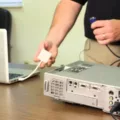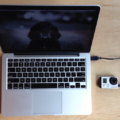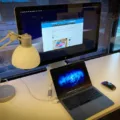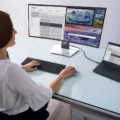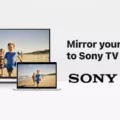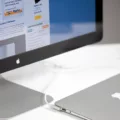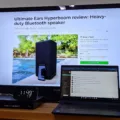Are you havig trouble getting HDMI to work with your Mac? You’re not alone! Many people have encountered issues when trying to connect their Macs with HDMI cables. The good news is that most of these problems can be solved easily.
HDMI stands for High Definition Multimedia Interface and it is a digital connection used to transmit audio and video from one device to another. It is the most common type of cable used for connecting computers, home entertainment systems, and game consoles.
If your Mac isn’t sending a signal when connected via HDMI, there are a few potential causes. First, make sure that all of the cables are securely plugged in, as loose connections can be the source of this issue. If the cables apper to be securely connected, try restarting both your Mac and your TV or display.
It’s also important to make sure that you have the right type of cable for your device. Different types of HDMI connectors are avaiable and each type has its own set of specifications so double-check that you have the right one! You should also check the settings on your TV or display and make sure that it is configured correctly to receive an incoming signal from your Mac.
Finally, if none of these steps work, try using a different port on your TV or display as some ports may not be compatible with certain types of devices. If none of these steps help, then it may be time to consider getting a new cable or adapter for compatibility purposes.
By following these steps, you should be able to get HDMI working with your Mac in no time! If all else fails, reach out to Apple Support for further assistance as they will be able to offer more insight into resolving any remaining issues you may have with getting HDMI working on your Mac
Enabling HDMI on a Mac
To enable HDMI on your Mac, go to the Apple Menu and select “System Preferences.” In the pop-up window, click on “Displays.” From there, you can adjust the resolution of your display and select which type of output you’d like to use. Next, connect an HDMI cable between your Mac and an external display. Lastly, look for a button labeled “Detect Displays” and click it. This shoud automatically detect any compatible displays connected to your Mac and enable them for use.
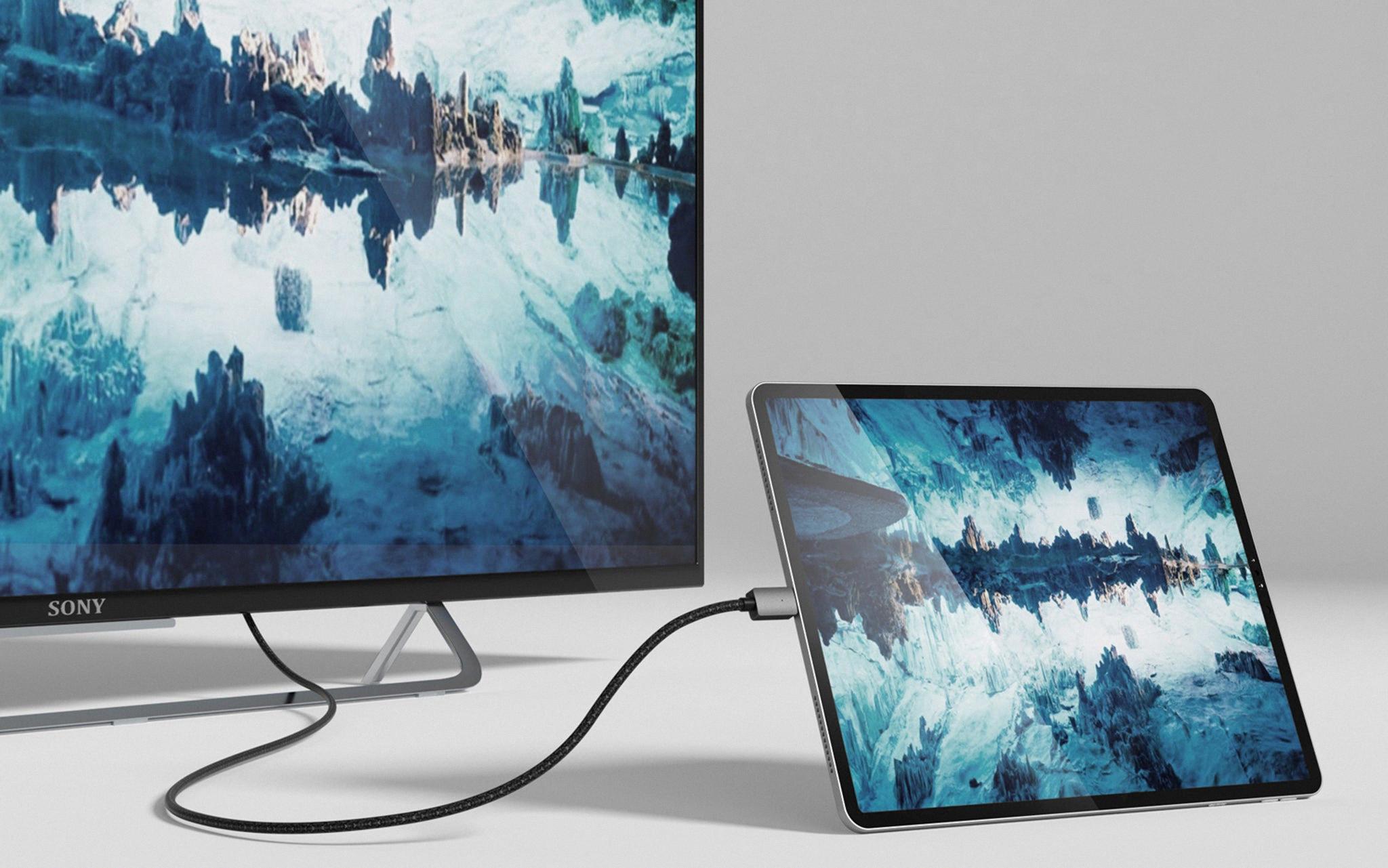
Source: uniaccessories.com
Troubleshooting Mac Display Issues
There are several posible reasons why your Mac is not detecting displays. It could be that the cable connecting your display to your Mac is faulty or not properly connected, the display itself may be malfunctioning, or there may be an issue with the Mac’s display settings. To troubleshoot the problem, start by disconnecting and then reconnecting the cable from your external display to your Mac. If you are using a USB-C or Thunderbolt adapter, make sure it is securely connected. If that doesn’t work, check the connection of any other cables you might have connected to your external display and if necessary restart both the Mac and the monitor. Finally, check your Mac’s display settings for any changes that might need to be made in order for it to detect displays.
Troubleshooting HDMI Port Issues
It’s possible that the HDMI port is not displaying because the HDMI cable is either not connected securely to the same terminals on both the TV and the connected device, or it could be that the TV has not recognized the connected device yet. To fix this, first disconnect the HDMI cable from the HDMI Output terminal on your connected device. Then reconnect it firmly to the same terminals as before on your TV and connected device. After that, turn off both your TV and the connected device, then turn them back on again to let your TV recognize the connected device.
Troubleshooting Mac HDMI Connection Issues
If your Mac is not detecting HDMI, it cold be due to a number of reasons. Firstly, it could be an issue with the cable itself. Make sure that the HDMI cable is securely connected to both the HDMI device and your Mac. Secondly, it could be an issue with the display or other HDMI device. Try turning off the device while your Mac is still on, then unplugging and reconnecting the HDMI cable. Finally, if none of these solutions work, it could be a hardware or software issue with your Mac itself. In this case, you may need to seek professional help to diagnose and resolve the problem.
Activating an HDMI Port
To activate your HDMI port, first make sure that the HDMI cable is securely inserted into both your computer and the device you’re trying to connect. Then right-click on the volume icon located in your taskbar. Select Playback devices and in the newly open Playback tab, select Digital Output Device or HDMI. Once you’ve done that, select Set Default and click OK. Your HDMI port should now be activated and ready for use.
Forcing Mac to Detect a Monitor
To force your Mac to detect a connected monitor, open the System Preferences, select Displays from the sidebar and press and hold the Option key while clicking the Detect Displays button on the right. This will force your Mac to detect any connected monitors and allw you to adjust display settings accordingly.
Troubleshooting Issues with Monitor Detection
Monitors are not being detected because there may be an issue with the cable, connection, or settings. The cable connecting the monitor to the computer may be loose or faulty. It’s also possible that the display settings on your computer are configured incorrectly. Finally, it’s possible that your graphics driver is outdated or incompatible with your monitor. To troubleshoot this issue, check the cables for any loose connections, double-check your display settings, and update your graphics driver if necessary.
No Display on Monitor Despite Being Powered On
There could be a few reasons why your monitor is on but not displaying anything. The first thing to check is that your resolution and refresh rate are set correctly, as haing them set too high can cause the monitor to not display anything. If they are correct, then try reinstalling your graphics card drivers. You can do this by downloading the latest versions from the manufacturer’s website and following the instructions provided. If these solutions don’t work, then you may need to check your connection cables or replace the monitor itself.
Forcing HDMI to Detect
To force HDMI to detect, first try unplugging the HDMI cable from both your computer and the monitor/TV. Then, reboot your computer and reattach the cable. Inspect that the HDMI ports are not blocked by debris or dirt, and use a soft-bristled brush to clean them if necessary. If this does not work, try using a different HDMI cable, as well as a different port on both your PC and monitor/TV. If none of these steps work, you may need to update your graphics card driver or contact the manufacturer for assistance.
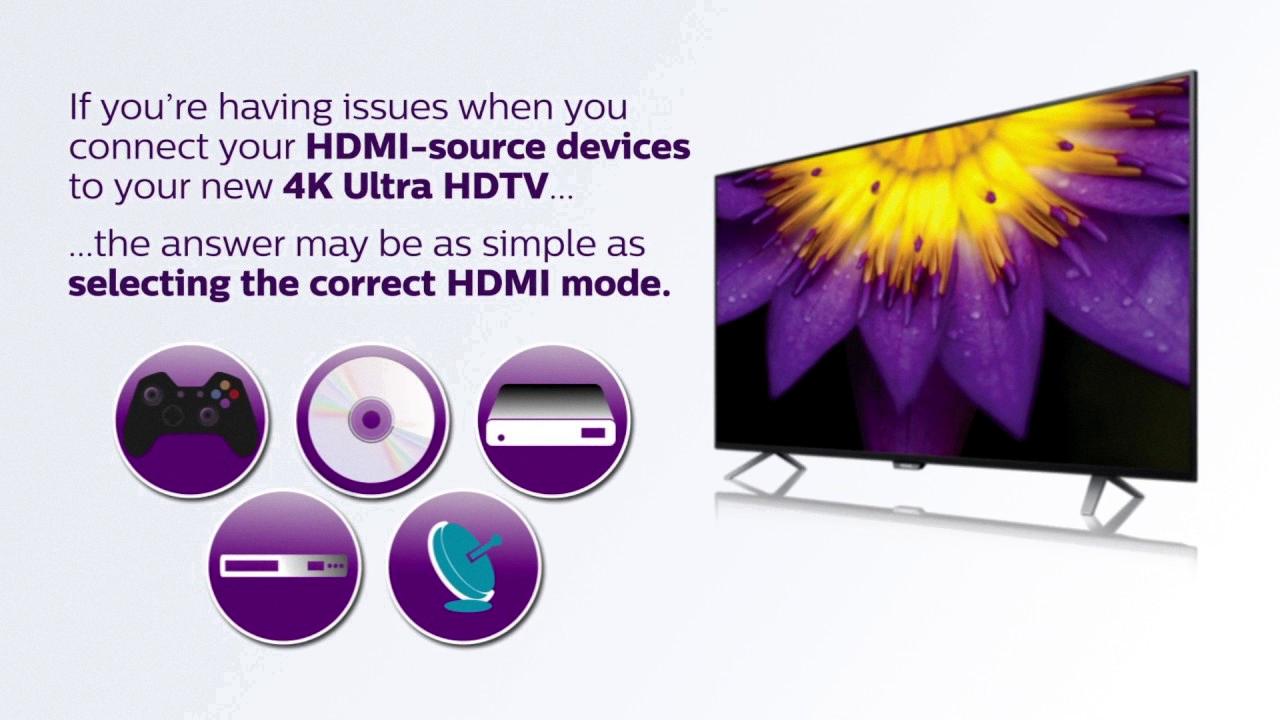
Troubleshooting HDMI Connection Issues Between Laptop and TV
There are several possible reasons why your laptop won’t show up on your TV with HDMI. First, check to make sure the HDMI cable is securely connected to both the laptop and TV and that the cable is in good condition. If it is, then you may need to adjust the input settings on your TV so that it recognizes the HDMI connection. You may also need to adjust the display settings on your laptop, as some laptops require additional configuration when connecting to an external display. Additionally, you can try rebooting your laptop with the HDMI cable connected to a TV that is turned on. Finally, if none of these solutions work, then it may be a hardware issue with either your laptop or TV and you shold contact an expert for further assistance.
Conclusion
In conclusion, HDMI is an incredibly useful technology for connecting audio-visual devices such as TVs, projectors and computers. It is a simple and reliable way of transferring video and audio from one device to another. It can be used to connect a laptop to a TV, allowing users to watch movies, play games or view photos on the larger screen. HDMI is also capable of carrying high-definition content with sound, making it an excellent choice for home theatre systems. With its easy setup and superior quality, HDMI is the go-to connection for home entertainment systems.

